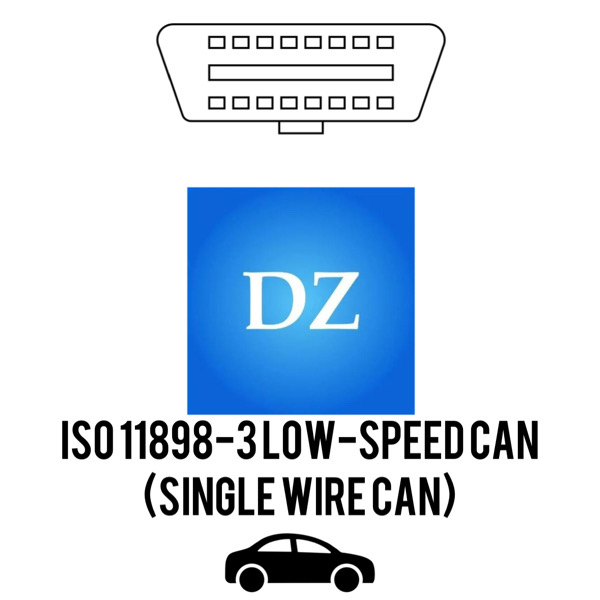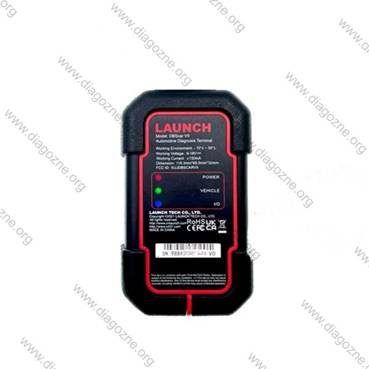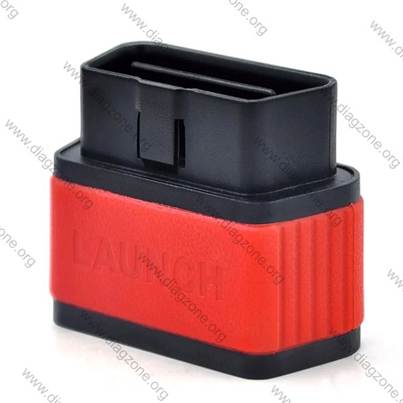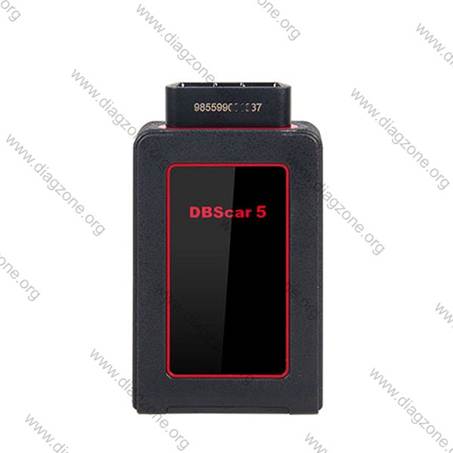ISO 11898-3 Low-speed CAN (Single Wire CAN): Reliable Communication for Non-Critical Systems

ISO 11898-3, also known as Low-speed CAN or Single Wire CAN, is a standardized communication protocol based on Controller Area Network (CAN) technology, designed for vehicle systems where high data transfer speeds are not required. This protocol is commonly used for non-critical systems such as windows, lighting, comfort sensors, and climate control.
How Low-speed CAN Works
Low-speed CAN uses a single-wire communication line between ECU modules. The standard supports data transfer rates up to 125 kb/s, providing reliable and resilient communication even in environments with electromagnetic interference.
Key features include:
- Simple physical layer, reducing implementation costs
- Error detection and message retransmission
- Efficient data transfer for non-critical vehicle systems
Launch OBD-II adapters that support the protocol:
DBScar I, DBScar II, DBScar III, DBScar IV, DBScar V, DBScar VII
ThinkDiag devices that support the protocol:
ThinkDiag, ThinkDiag 2
Ediag devices that support the protocol:
Ediag YA-101, Ediag YA-201, Ediag Plus, Ediag Elite



Vehicle types and brands supported by the protocol:
Passenger and light commercial vehicles from European and American manufacturers, including Volkswagen, Audi, BMW, Mercedes-Benz, Ford, GM, as well as vehicles with comfort and auxiliary systems (e.g., ABS, ESP, climate control); typically models from 2003 onward.
Low-speed CAN uses a single wire and lower speed for less critical vehicle systems.
Advantages of ISO 11898-3 Low-speed CAN
- Lower implementation costs compared to high-speed CAN
- Reliable communication for non-critical systems
- Standardized and compatible with different vehicle types
- Enables simple diagnostics and monitoring of module functionality
- Ideal for comfort and auxiliary systems in vehicles
Disadvantages and Limitations
- Low data transfer speed (up to 125 kb/s) limits throughput
- Not suitable for critical systems such as ABS or engine control
- Requires compatible diagnostic tools
- Limited to vehicles equipped with Single Wire CAN networks
Applications of Low-speed CAN
Low-speed CAN is used to control and diagnose non-critical systems, including electric windows, central locking, lighting, and climate control. Its simplicity and reliability make it ideal for comfort and auxiliary modules in vehicles.
Conclusion
ISO 11898-3 (Low-speed / Single Wire CAN) provides a reliable and cost-effective standard for the communication and diagnostics of non-critical vehicle systems. Its ability to reduce implementation costs while maintaining reliability makes it essential for managing auxiliary functions in modern automobiles.

